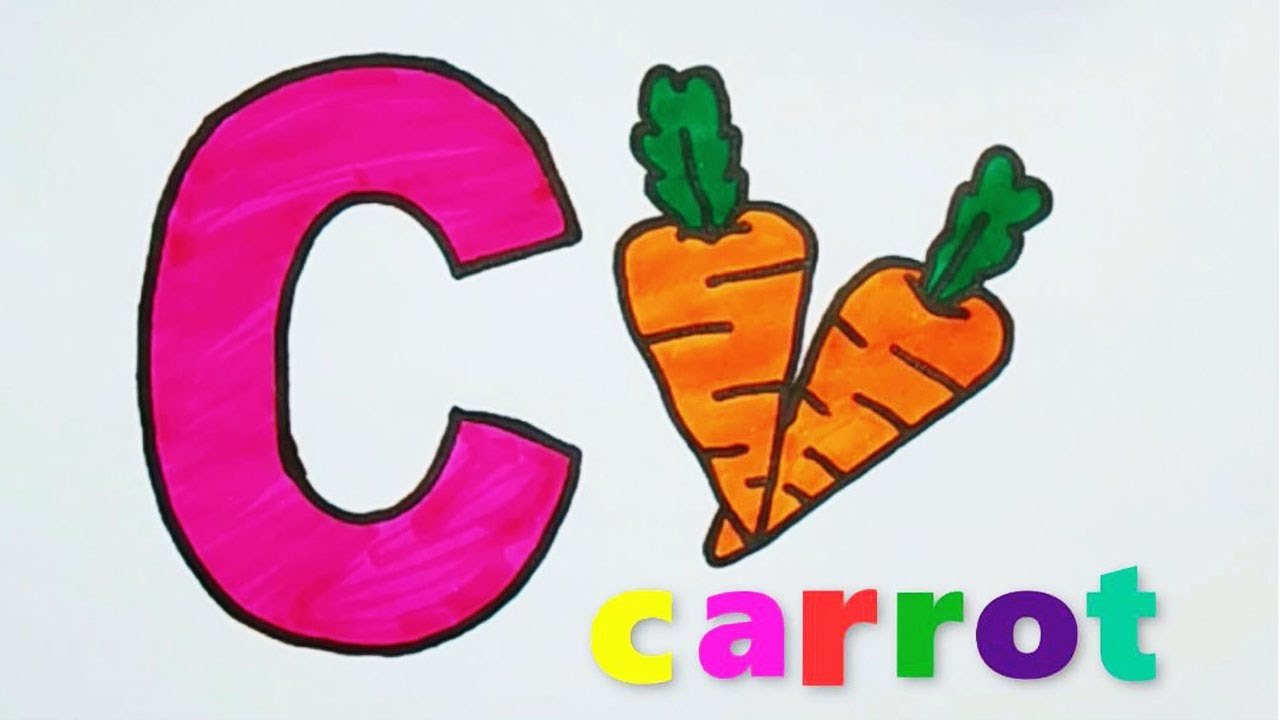Your language-teaching mission, should you choose to accept it, is to consider the 7 Cs of drama (community, communication, creativity, confidence, cultural sensitivity, carrot (not stick), and content knowledge) that are research-supported reasons to incorporate drama into the foreign language classroom.
Drama, particularly improv, is often seen as the fun reward of language classes – students are allowed some ‘play time’ as a reward for doing ‘actual learning’. In fact, I would argue that drama/improv itself is the real learning, and that the inclusion of drama into the second language classroom is incredibly important for a variety of reasons!
There is a lot of research supporting this, and below, I’ve gathered all the studies, position papers, and books that I have come across that show how amazing drama is! I’ve divided the benefits into seven categories (all conveniently starting with a C!) to make the myriad of benefits easier to see. Feel free to share this with colleagues that may doubt your pedagogical choices or to motivate your like-minded colleagues (and yourself) to include more drama activities!
To summarize, academic research shows that:
Community – Drama/improv creates a sense of community in the language classroom
Communication – Students are able to communicate better when using drama/improv to learn a language
Creativity – Drama/improv lets both students and teachers be more creative
Confidence – Students become more confident in their use of the target language when engaged in drama/improv activities
Cultural sensitivity – Drama/improv allows students to better understand different cultures, as well as their own
Carrot (not stick) – Students are more motivated to learn a language when engaging in drama/improv
Content knowledge – Drama/improv improves student’s understanding of the target language (including grammar)
To be specific: (Note: Drama is used below to refer to studies that are looking at ‘drama’ in general, and improv is used when the academic research is referring to improv activities specifically)
Community
Students develop cooperation, social awareness, and community-building skills through drama (Angeliannawati, 2019)
Drama creates group cohesion (Badie, 2014)
In improv, both teachers and students must let go of their own ideas and accept the other participants’ ideas as better than their own (Keränen, 2019)
Improv promotes inclusion of students with special needs, as “things that might be considered a disruption during other activities can be incorporated into the activity in a new way” and that “there is enough variety and flavor in improv to allow for anyone’s strengths to be made use of” (Lobman & Linquist, 2007, p. 25).
In traditional language classrooms, students are focused on individual improvement and teachers strive to meet individual needs. However, improv performers consider their scenes as collaborations between players, and sometimes even the audience (Perone, 2011).
The fundamentals of improv (‘yes, and’, ‘no mistakes, only opportunities’, and ‘make everyone look good’) create collaborative and supportive environments (Piccoli, 2018)
The use of improv increases engagement, which contributes to a stronger classroom community, which in turn makes space for previously marginalized students (Smith & McKnight, 2009)
Image: https://bit.ly/3SsMyDn
Communication
The value of improv is that students can immediately apply new language structures and that students can focus on engaging with the language rather than rules (Florea, 2011)
Decades of research have shown that drama improves L2 speaking skills (Galante, 2018)
The repetitive nature of drama activities helped build fluency and helped students develop strategies for all types of novel speaking tasks (Galante & Thomson, 2017)
Improvised scenes disappear and forevermore unattainable, forcing teachers and learns to be in the moment (Keränen, 2019)
A priori scripts, such as written dialogues found in many language textbooks, are fixed, and therefore convey to learners that there is a right and wrong way to communicate. In contrast, emergent scripts, such as improv scenes, show that communication has infinite possible iterations (Perone, 2011)
Creativity
Student’s imaginations and capacity for independent, critical and creative thinking are developed through drama (Angeliannawati, 2019)
Drama in L2 learning can foster imagination (Belliveau & Kim, 2013)
A theatrical focus in the language class makes students more spontaneous and creative, as well as less inhibited by their linguistic limits (Cristea, 2019)
Improv allows students to think and act more creatively and freely “by using their minds, bodies and voices to produce texts” (Lenters & Smith, 2018, p. 188)
The process-focused nature of improv allows students to explore an infinite number of possible scenarios (Piccoli, 2018)
Drama improves students’ creativity through the use of imagination, independent thinking, and risk-taking (Rojabi & Mustofa, 2021)
Confidence
Drama improves students’ self-confidence and communication skills while lessening speaking anxiety (Atas, 2015)
Drama in L2 learning can increase learner confidence (Belliveau & Kim, 2013)
By allowing students to use fictional contexts, and therefore embody fictional characters, students are less anxious (Even, 2004)
Drama activities lower foreign-language anxiety (Galante, 2018)
Students can minimize anxiety by creating a target language-speaking persona who is able to take the risks while “mitigating the loss of one’s self” (Gillette & Perry, 2021, p. 586)
Drama creates an “error-tolerant instructional environment, distinguishing clearly between opportunities for communicative action and opportunities for communicative reflection (including systematic error treatment and language practice)” (Kurtz, 2011, p. 150)
In traditional language classes, learners see themselves as novices and can therefore be hindered by their own anxiety around making errors. When using improv, however, performers make the assumption that everyone is an expert and that there is no standard or expectations of perfection (Perone, 2011)
The most improvement in confidence for students using drama activities was those who self-identified as being the most anxious at the start of the course (Piazzoli, 2011)
Improv builds students’ self-confidence by letting them focus on their natural desire to play rather on the possibility of embarrassment (Piccoli, 2018)
Students were more motivated and confident on speaking and writing tasks when engaged in improv-based literacy activities (Smith & McKnight, 2009)
Cultural sensitivity
Drama furthers cross-cultural understanding (Angeliannawati, 2019)
Drama in L2 learning can promote intercultural communicative competence (Belliveau & Kim, 2013)
Students who learned through drama were better able to reflect critically about culture (Bournot-Trites, et al., 2007)
Students are better able to understand the target culture (Gillette & Perry, 2021)
In exploring, and creating dramatic texts, “students may explore their own cultures and identities rather than simply being exposed to the culture of the target language or rehearsing language in a behaviorist fashion” (McGovern, 2017, p. 10)
Drama allows students to share their own culture with peers (Ntelioglou, 2011)
Image: https://bit.ly/3xNGvSb
Carrot (not stick)
Students who learned through drama had more intrinsic motivation and wrote more of their own volition (Bournot-Trites, et al., 2007)
By disrupting traditional language learning, students learning through drama are able to “negotiate and take control over their learning identities” (Cahmann-Taylor & McGovern, 2021, p. 32)
Students and teachers have more freedom, as unlike in most outcome-based instruction, the outcomes of improv do not have to be predetermined or the same for every student (Lenters & Smith, 2018)
Students are more motivated when using drama due to authentic texts and use of dramatic tension (Piazzoli, 2011)
The playful nature of improv increases student engagement (Smith & McKnight, 2009)
Content knowledge
Students acquire fully contextualized vocabulary, grammar, and a better understanding of idiomatic expressions through drama (Angeliannawati, 2019)
Drama increases students’ engagement in, and understanding of, grammatical concepts (Even, 2004 & 2011)
Improv is an interrelated cognitive and social activity that allows students to help each other negotiate the gaps in their individual linguistic knowledge sets (Kurtz, 2011)
Vygotsky’s framework of the Zones of Proximal Development dovetail with improv, as both involve taking risks, making mistakes, and supporting others on their language journeys (Lobman & Lundquist, 2007)
Drama can be used to reinforce grammar concepts if students are given appropriate activities and linguistic guidance (Mochizuki & Ortega, 2008)
In a controlled study comparing a drama condition and a traditional instruction condition, students’ understanding of verb tenses improved when taught using drama (O’Gara, 2008)
Drama “revealed inadequacies of language skills which had somehow remained hidden from more traditional methods of assessment” (O’Gara, 2008, p. 163)
What are your thoughts about the 7 Cs of drama/improv? Is there an eighth C that you think I missed? Share in the comments!
Sources:
Angelianawati, L. (2019). Using drama in EFL classroom. Journal of English Teaching, 5(2), 125-134.
Atas, M. (2015). The reduction of speaking anxiety in EFL learners through drama techniques. Procedia, Social and Behavioral Sciences, 176, 961-969.
Badie, G. T. (2014). Using theater concepts in the TESOL classroom. The CATESOL Journal, 26(1), 23-28.
Belliveau, G., & Kim, W. (2013). Drama in L2 learning: A research synthesis. Scenario (Cork), VII(2), 7-27.
Bournot-Trites, M., Belliveau, G., Spiliotopoulos, V., & Séror, J. (2007). The role of drama on cultural sensitivity, motivation and literacy in a second language context. Journal for Learning through the Arts: A Research Journal on Arts Integration in Schools and Communities, 3(1), Article 9, 1-35.
Cahnmann-Taylor, M. & McGovern, K.R. (2021). Enlivening instruction with drama and improv: A guide for second language and world language teachers. Routledge.
Cristea, E. (2019). Theatrical activities in the foreign language class: Activités théâtrales dans la classe de langues étrangères. Euromentor Journal, 10(2), 71-82.
Cunico, S. (2005). Teaching language and intercultural competence through drama: Some suggestions for a neglected resource. Language Learning Journal, 31(1), 21-29.
Dundar, S. (2013). Nine drama activities for foreign language classrooms: Benefits and challenges. Procedia, Social and Behavioral Sciences, 70, 1424-1431.
Even, S. (2004). Dramagrammar in Theory and Practice. GFL-Journal 1: 35-51.
Even, S. (2011). Drama grammar: Towards a performative postmethod pedagogy. The Language Learning Journal, 39:3, 299-312.
Florea, P. (2011). Using improvisation exercises for increasing speaking and listening skills. Asian EFL Journal, 52, 46-57.
Galante, A. (2018). Drama for L2 speaking and language anxiety: Evidence from Brazilian EFL learners. RELC Journal, 49(3), 273-289.
Galante, A., & Thomson, R. I. (2017). The effectiveness of drama as an instructional approach for the development of second language oral fluency, comprehensibility, and accentedness. TESOL Quarterly, 51(1), 115-142.
Gillette, C. A. R., & Perry, K. H. (2021). Performing fluency: Using improv and drama with adult English learners. Journal of Adolescent & Adult Literacy, 64(5), 585-588.
Keränen, A. (2019). Finish language teaching through improvisation – Conforming the educational values within an improvisational frame. The Romanian Journal for Baltic and Nordic Studies, 11:2, 63-78.
Kurtz, J. (2011). Breaking through the communicative cocoon: Improvisation in secondary school foreign language classrooms. In R. Sawyer (Ed.), Structure and improvisation in creative teaching (pp. 133-161). Cambridge University Press.
Lenters, K., & Smith, C. (2018). Assembling improv and collaborative story building in language arts class. The Reading Teacher, 72(2), 179-189.
Lobman, C., & Lundquist, M. (2007). Unscripted learning: Using improv activities across the K-8 curriculum. New York: Teachers College Press.
McGovern, K. R. (2017). Conceptualizing drama in the second language classroom. Scenario (Cork), XI(1), 4-16.
Mochizuki, N., & Ortega, L. (2008). Balancing communication and grammar in beginning-level foreign language classrooms: A study of guided planning and relativization. Language Teaching Research: LTR, 12(1), 11-37.
Ntelioglou, B.Y. (2011). Insights from a drama-EAL classroom: Using drama with English language learners in a Canadian high school. In J. Winston (Ed.), Second language learning through drama (pp. 93-103). New York: Routledge.
O'Gara, P. (2008). To be or have not been: Learning language tenses through drama. Issues In Educational Research, 18(2), 156-166.
Perone, A. (2011). Improvising with adult English language learners. In R. Sawyer (Ed.), Structure and improvisation in creative teaching (pp. 162-183). Cambridge University Press.
Piazzoli, E. (2011). Process drama: The use of affective space to reduce language anxiety in the additional language learning classroom. Research in Drama Education, 16(4), 557-573.
Piccoli, M. W. (2018). Improvisation: A creative theatrical technique to engage English language learners. TESOL Journal, 9(4). doi:10.1002/tesj.390
Rojabi, A. R., & Mustofa, A. (2021). Exploiting drama for children in EFL teaching to promote creativity, confidence, and motivation. Journal of English Education and Teaching, 5(4), 544-555.
Smith, K., & McKnight, K. S. (2009). Remembering to laugh and explore: Improvisational activities for literacy teaching in urban classrooms. International Journal of Education and the Arts, 10(12).



















